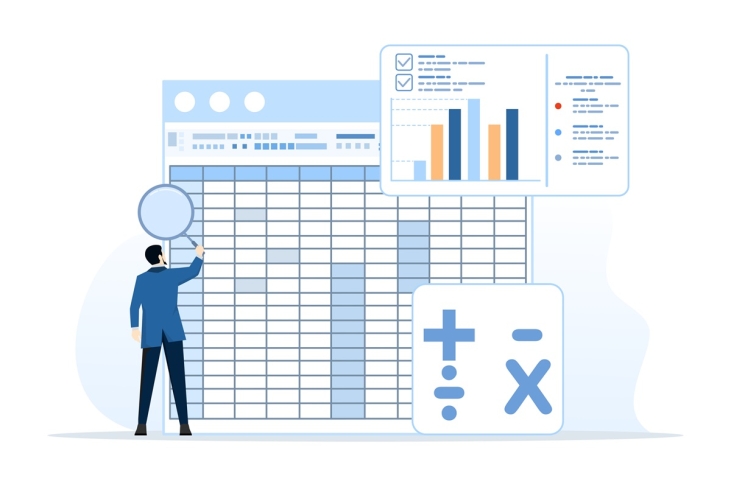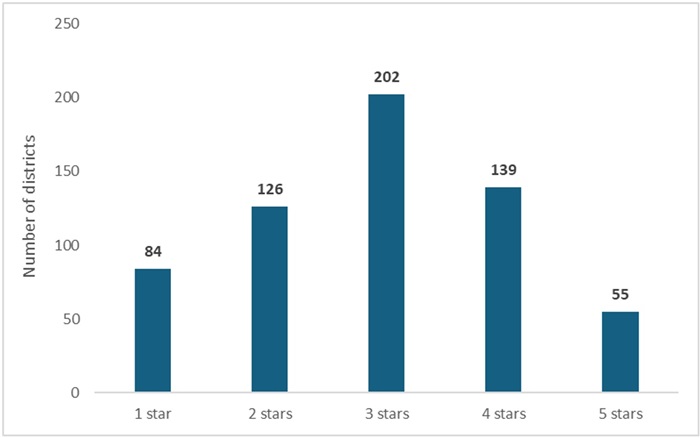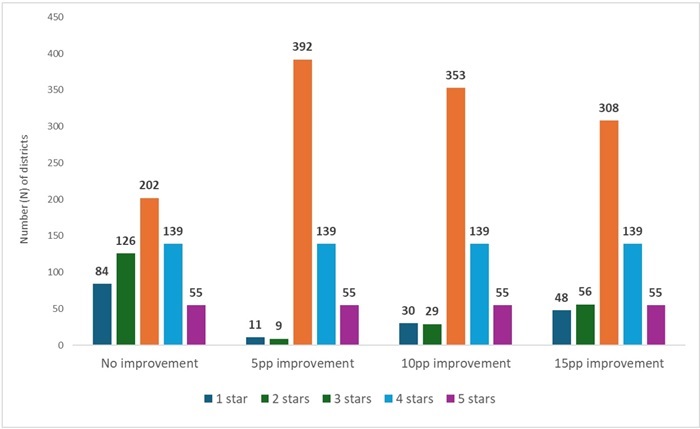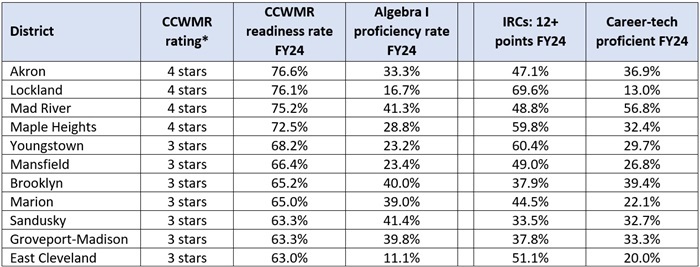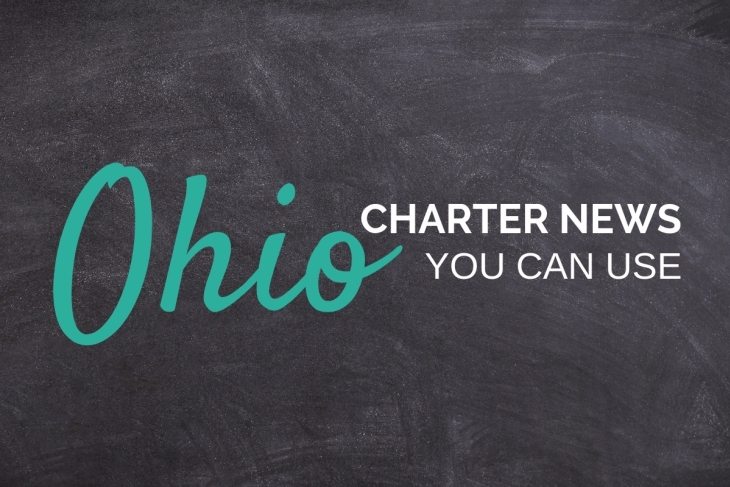News stories featured in Gadfly Bites may require a paid subscription to read in full. Just sayin’.
- In case you missed it, there was a bill hearing in the Ohio House Primary and Secondary Education Committee last week, covering, among other things, a new substitute version of H.B. 407. That bill proposes substantial changes to the requirements for private schools to participate in certain state voucher programs, all couched under the catchall term “accountability”. (I’m sure you know what all that might entail.) Fordham’s Chad Aldis testified at that hearing and is briefly quoted in this piece, which is mainly about the differences between the original version and the substitute version of the bill rather than what happened at the hearing. (Ohio Capital Journal, 11/25/24) If you’d like to read Chad’s full testimony instead (and who could blame you?), it is here. If you would like to watch the full hearing, it is here, thanks to the awesome Ohio Channel. Chad’s testimony starts around the 2:22 mark; the fireworks start about five minutes after that!
- Back in the real world, we get some great coverage of yesterday’s open house event at the Lorain County Joint Vocational School. Sounds like school leaders, teachers, and students put on a great demonstration of what kids can learn to do within their walls. And over 1,400 people came to take a look. Amazing! Visitors also learned that the JVS had a 96 percent four-year graduation rate last year and that nearly 92 percent of those graduates were placed in a job (or apprenticeship or military enlistment or postsecondary program) after graduation. Given all of that, it is probably not surprising that Lorain County school families turned out in droves, is it? (The Chronicle-Telegram, 11/25/24)
Did you know you can have every edition of Gadfly Bites sent directly to your Inbox? Subscribe by clicking here.




